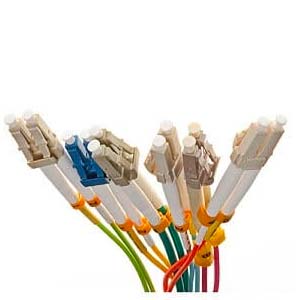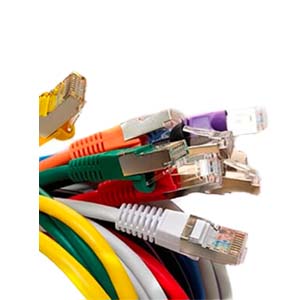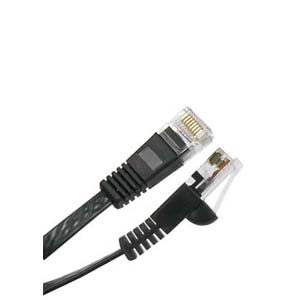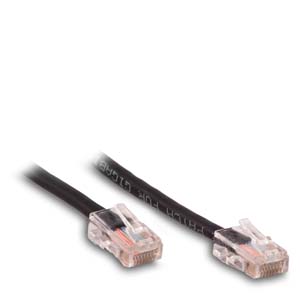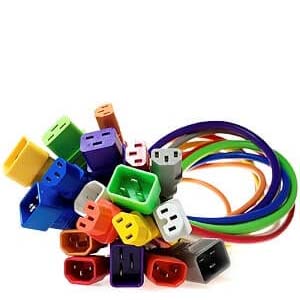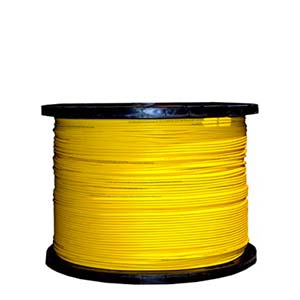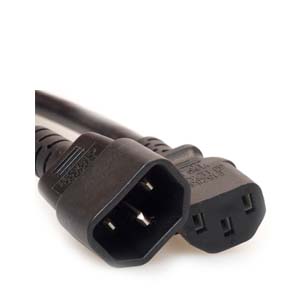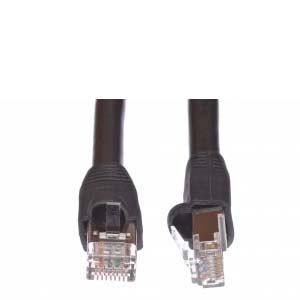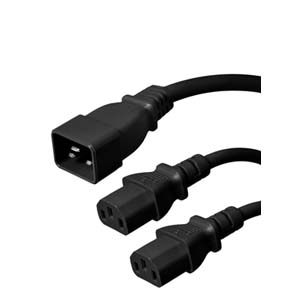Cables Blog
Cable Clutter and VR: Here’s What to Do About It
Virtual reality is an incredible technology. It promises advancements in education, gaming, and every other type of media. That having been said, the current VR devices do have one major problem. They need a huge number of cables. They often need five or six cables of their own, along with all of the cables that are needed to support a reasonable powerful computer or other device that attaches to the VR headset.
by Vikas Dayal • April 16, 2017
Virtual reality is an incredible technology. It promises advancements in education, gaming, and every other type of media. That having been said, the current VR devices do have one major problem. They need a huge number of cables. They often need five or six cables of their own, along with all of the cables that are needed to support a reasonable powerful computer or other device that attaches to the VR headset. There is hope that some of this cable clutter will disappear as VR technology improves, but people who want VR systems now need to find a way to keep all of the cables organized. Fortunately, there are a few easy ways to do that.
Cable Tubes For Storage
It's best to keep all of the cables unplugged when the VR device is not in use. It make sure that nobody can trip over the mass of cables, which can cause damage to them or to the entire machine. That does mean that it's important to find a way to neatly store the cables when they are not in use, to make sure that they don't turn into a tangled and knotted mess, since that can damage the cables and increase the amount of time that it takes to set the device up for use.
Cardboard tubes are a great choice for this. Toilet paper rolls are the best size for most cables, but you can also start with a longer tube and cut it down to size. Simply coil the cables as neatly as possible, and then put them inside the tubes. Each tube should only hold a single cable, to make sure that they don't get tangled together during storage.
You're going to have a lot of tubes, so it's best to keep them all in a single box to make sure that none of them get lost. If you have any cables that don't fit inside a tube, you can use pieces of cardboard to put dividers in the box and keep each one in it is own section.
Bread Tags For Labeling
It's important to label all of the cables before putting them in storage. Doing so will help to cut down on setup time for the VR device because you won't waste time sorting through the cables to find the right one. Writing the label on the outside of each tube will help, but it's better to keep the label on the cable to avoid the risk of putting a cable in the wrong tube.
The easiest way to make a label is to use the tags from bread bags. Collect one tag for each of your cables, and put a little bit of tape on each side, being careful not to cover the hole in the center or the slit that runs to the edge of the tag. Write the name of each cable on the taped portion, and put the cable through the tag's hole. If you have a small number of cables, color-coded tape will make it even easier to identify the cables. It will stay in place and make your cables easy to identify.
Wall Clips to Save Space
Finally, you should take steps to ensure that your cables don't get tangled when the device is in use. If you set it up near a wall, you can use a set of wall clips to get the job done. Simply attach the clips to the wall, and run any excess cable through them. Try to spread the clips out so that the cables don't get tangled together if a few of them fall off the wall.


